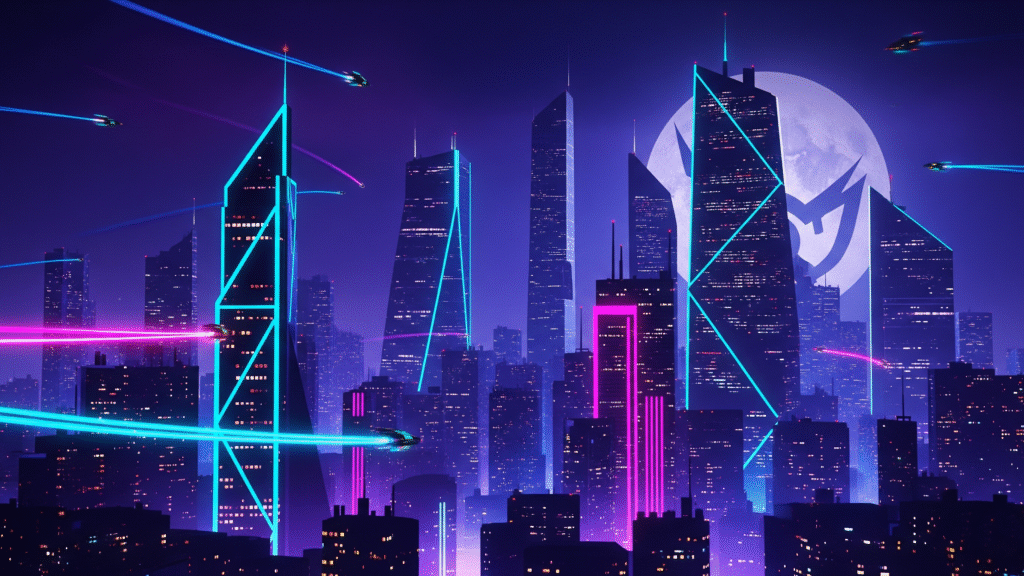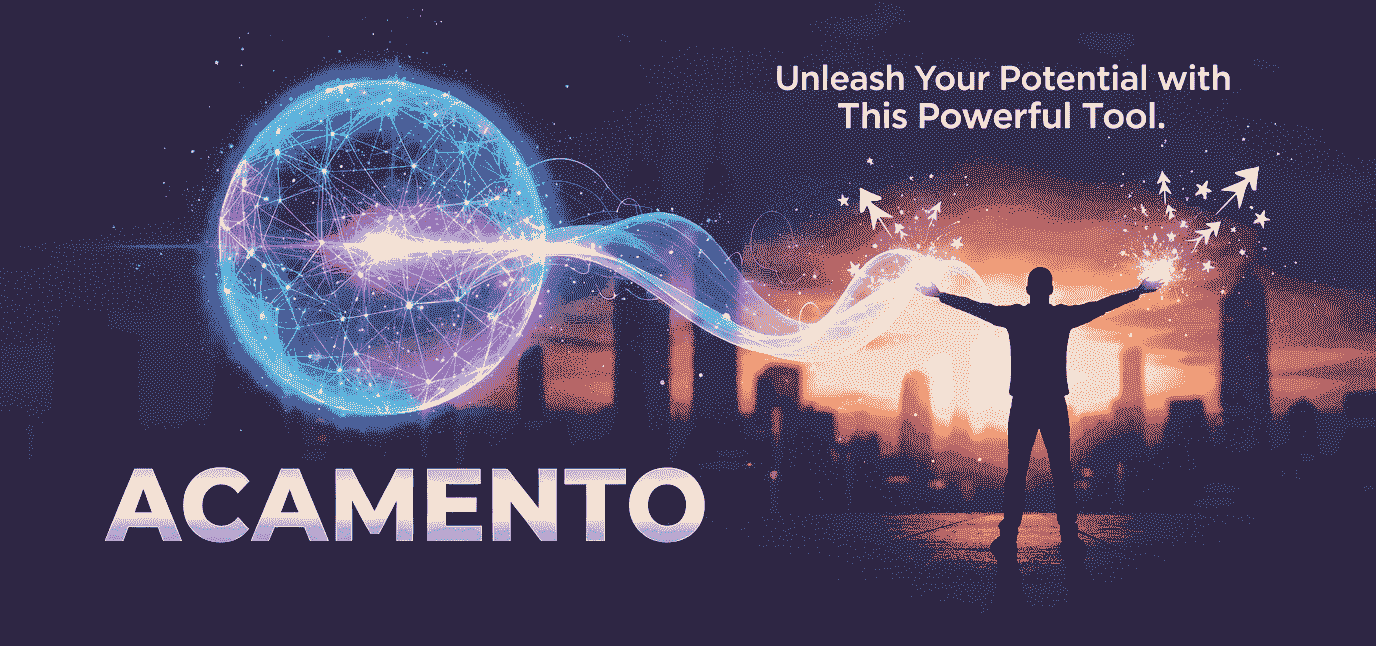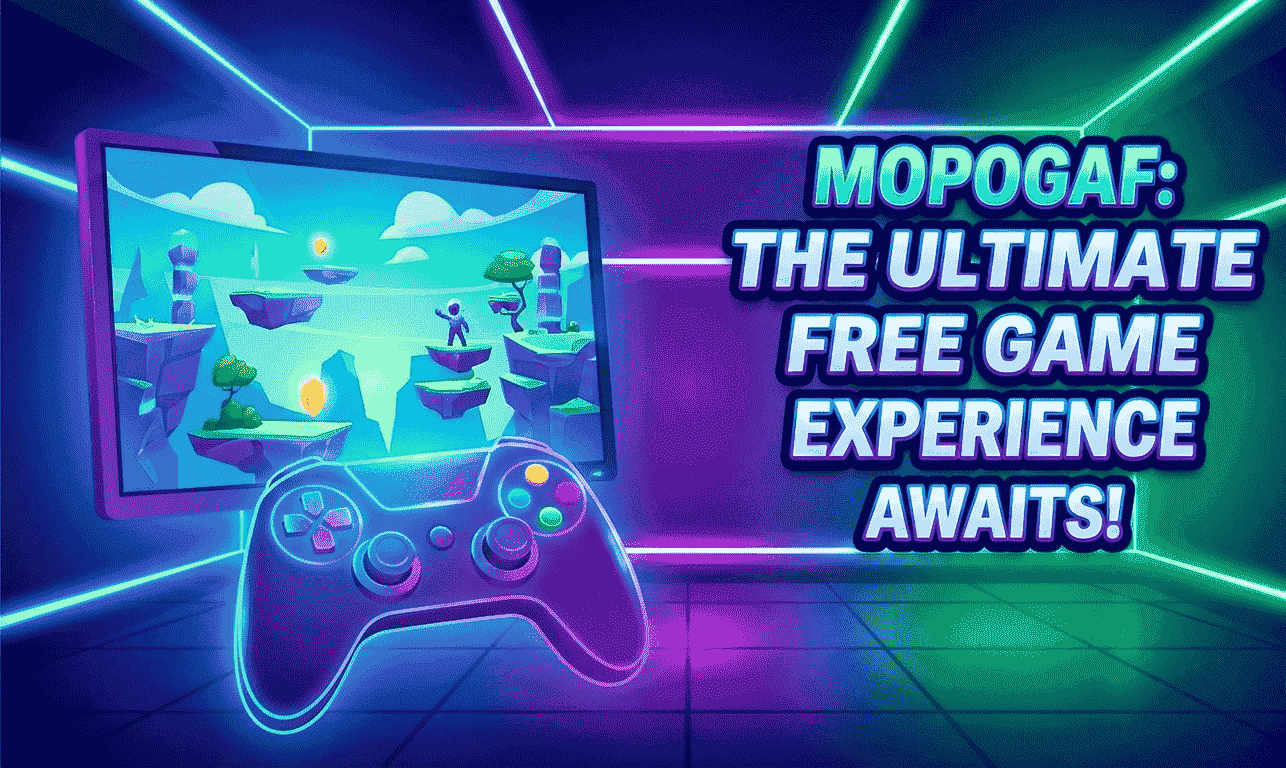For wrestling enthusiasts who experienced the 1990s, few sights evoke as much nostalgia as the WCW Atlanta skyline. The moment those city lights lit up the screen, you knew you were in for an unforgettable experience. It wasn’t just a beautiful backdrop; it was a promise of excitement, rebellion, and the pinnacle of professional wrestling.
This visual trademark became as legendary as the wrestlers themselves. But what’s the story behind it? Let’s take a stroll down memory lane and dive into the iconic theme of the WCW Atlanta skyline city lights.
Why Atlanta? The Heart of WCW
To really grasp the essence of the skyline, you need to dive into the world of WCW. World Championship Wrestling was under the wing of Ted Turner, a media mogul who called Atlanta home. His network, TBS, beamed out from the very heart of the city, with key shows filmed at iconic spots like the CNN Center and Center Stage Theatre.
Choosing the Atlanta skyline wasn’t just a random decision; it was a bold statement of pride. While WWE (formerly WWF) went for a flashy, global vibe, WCW embraced its Southern heritage. The Atlanta skyline became a symbol of honor, proclaiming, “This is who we are, and this is where we come from.” It gave the product a sense of authenticity, grit, and realness that resonated with fans.
A Closer Look: The Magic of the City Lights Theme
The opening sequence of WCW Monday Nitro is etched in the minds of fans everywhere. But what made it truly unforgettable?
The Visuals: The imagery was a stunning blend of beauty and excitement. They employed time-lapse photography to capture cars zipping down highways, resembling rivers of light. The cameras glided over the city, highlighting iconic structures like the golden-topped Bank of America Plaza and the cylindrical Westin Peachtree Plaza. The palette was filled with deep blues, bright whites, and vibrant purples, evoking the sensation of a city that never sleeps, especially after dark.
The Landmarks: This wasn’t just any cityscape; it was distinctly Atlanta. The standout view came from the Jackson Street Bridge, which provided a breathtaking panoramic glimpse of the downtown skyline. Even today, this spot remains a must-visit for wrestling fans.
| Iconic Atlanta Landmark | Its Role in the WCW Theme |
|---|---|
| Bank of America Plaza | The tallest building in the skyline, its gold spire symbolized power and ambition. |
| Westin Peachtree Plaza | Its unique cylindrical shape added architectural flair and was instantly recognizable. |
| Jackson Street Bridge | The iconic filming location that provided the perfect, wide-angle shot of the city. |
More Than a Pretty Picture: Why It Worked
This theme was more than just a catchy intro; it was a masterclass in branding.
First off, it struck a chord culturally. Back in the ’90s, Atlanta was on fire. It was a lively, modern city that was really coming into its own, and WCW harnessed that vibrant energy. The skyline made WCW feel like the trendy, cool alternative to its northern rival.
Next, it fostered fan loyalty. For folks in the South, seeing their city featured on national TV every week was a source of pride. It created a deep local connection that WWE just couldn’t replicate at the time. It felt like it was truly their show.
Lastly, it set the brand apart. The gritty, urban vibe with city lights was a stark contrast to WWE’s bright, studio-centric, and over-the-top presentation. When you switched channels, you instantly knew which show you were tuning into.
Where Is the WCW Skyline Today?
The legacy of the WCW Atlanta skyline theme is still alive and kicking. Even though WCW shut down in 2001, the memories continue to thrive.

Online Nostalgia: If you take a quick stroll through YouTube, you’ll find countless views on those classic Nitro openings. Fans are buzzing on social media, using hashtags like #WCWMemories to express their fondness for this unforgettable era.
Modern Influence: Its impact is still felt today. Promotions like AEW (All Elite Wrestling) often embrace location-based branding for their events, showcasing the cities they’re in. WCW showed us that a strong sense of place can really make a wrestling show feel more authentic and connected.
A Real-Life Trip: For die-hard fans, a trip to Atlanta to soak in the skyline is an absolute must. The Jackson Street Bridge gives you that iconic view, and you can also catch a fantastic sight from the SkyView Atlanta Ferris wheel in Centennial Olympic Park.
Read More: Nekopopi.care: Digital Pet Care & Anime Guide
Conclusion
The WCW Atlanta skyline lights were truly a standout in the world of sports entertainment branding. They had a cool, authentic vibe that was bursting with attitude. This theme perfectly embodied the essence of WCW during the intense Monday Night Wars: bold, confident, and always ready to rumble.
It wasn’t just a backdrop; it was like a character in its own right. It set the stage for the chaos, drama, and thrilling wrestling action that was about to take place. For fans, those lights will always signify one thing: It’s Monday night, and Nitro is live!
FAQs
Q: Why did WCW choose Atlanta’s skyline?
A: Atlanta was home to WCW’s owner, Ted Turner, and his network TBS. By showcasing the skyline, they expressed pride in their hometown and crafted a distinct identity that set them apart from WWE.
Q: How can I see Atlanta’s skyline today?
A: For the classic WCW view, head to the Jackson Street Bridge. If you’re after a different angle, check out the SkyView Atlanta Ferris wheel or grab a drink at a rooftop bar in downtown Atlanta.
Q: Did the theme influence other wrestling promotions?
A: Definitely! It raised the bar for how wrestling is visually presented. Nowadays, many promotions, including AEW, incorporate cinematic shots of the host city to elevate their events and make them feel more genuine, a concept that WCW really popularized.











